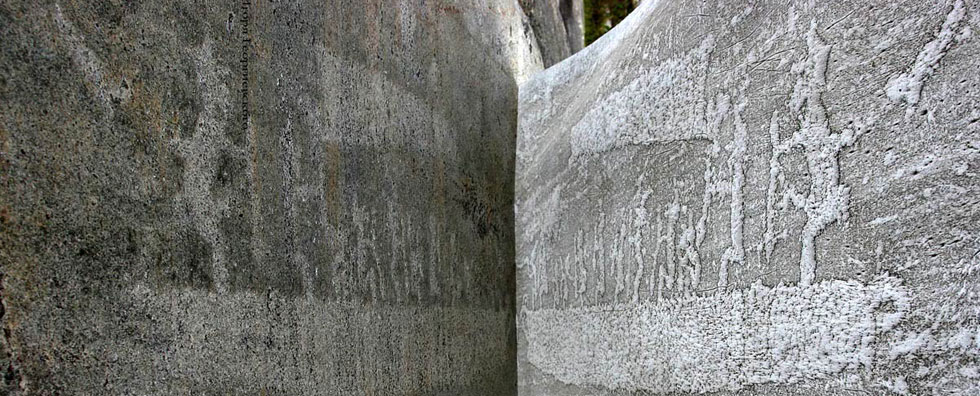
Issue №2, Vol. 9
Gerasimov Y., Senkin V., Väätäinen K. Productivity of harvesters in clear cuttings // Resources and Technology. 2012. №2, Vol. 9. P. 82‒93.
DOI: 10.15393/j2.art.2012.1642
Productivity of harvesters in clear cuttings
| Gerasimov Y Y | Finnish Forest Research Institute, yuri.gerasimov@metla.fi |
| Senkin V | Saint-Petersburg Forest Technical University, senkinvictora@johndeere.com |
| Väätäinen K | Finnish Forest Research Institute, kari.vaatainen@metla.fi |
|
Key words: cut-to-length method; harvester; pine; spruce; birch; aspen; Russia |
Summary: Harvester productivity on final fellings in Finland seems to be remarkably higher than in the northern European part of
Russia (NEPR) with the same stem size.
There are a number of possible explanations for the differences between Russia and Finland. Earlier studies have shown that operator skills have a remarkable influence on productivity in harvesting operations.
Moreover, the lower productivity in Russia is also the result of divergent distributions of stem volume and stem quality in Russia and Finland because of different forest management traditions in these countries. Stands in Finland are more or less
regularly managed and thinned, while in Russia stands are rarely managed and thinned before final felling. These distributions are an important factor associated with harvesting productivity. The proportion of stem processing machine hours in the productive machine hours (SprocR) for the studied harvesters was indeed very low and changed considerably
from 0.17 to 0.45. The set of harvesters in Komi shows the best proportion, with an average ratio SprocR of 0.35. In comparison, in Nordic countries stem processing time typically accounts for 25% in first thinnings and up to 55% in the final
fellings of productive machine time. Stem size has a distinct direct correlation on the proportion of stem processing machine hours in productive machine hours. In particular, while the average stem size increases, the stem processing ratio SprocR
increases also. From an operational viewpoint, Russian harvesting companies very much need to improve machine performance because the average utilisation rates of the studied harvesters varied from 0.40 to 0.84 with an average value of 0.60. They still have great potential in machinery utilisation, and the possibility of increasing the share of stem processing
machine hours in order to reduce harvesting cost should be explored.
A machine’s hourly productivity can be boosted by increasing this percentage using improved working techniques. Based on both the results of this study and those of earlier
studies, it seems that harvester productivity per productive machine hour (PMH) could be even doubled in some harvesting companies in NEPR.
In its entirety, productivity could be increased up to 16.7 m3u.b./PMH in Karelia, 17.0 m3 u.b./PMH in Vologda, 19.6 m3 u.b./PMH in Komi, and 18.5 m3 u.b./PMH in NEPR in general if the stem processing time ratio SprocR could be increased up to the Nordic countries’ level of 0.55. Under this condition, the average productivity of conventional
harvesters in NEPR reaches the Finnish level of 18 m3u.b./PMH. The economic effect might be up to2.5 €/m3. |
Displays: 2961; Downloads: 1204;



